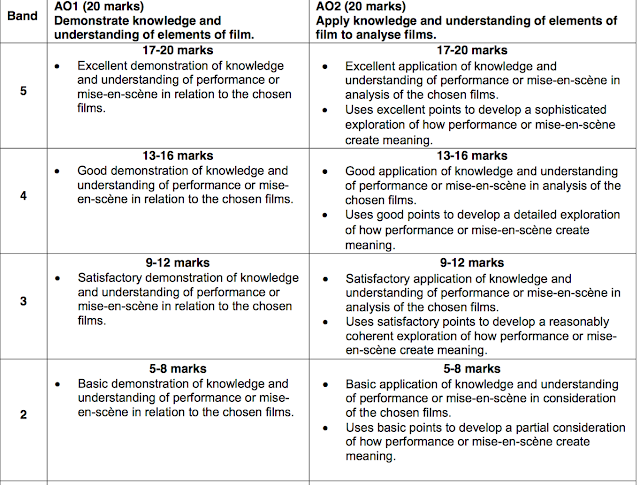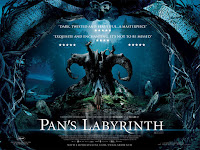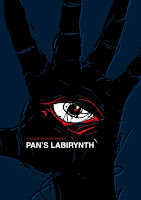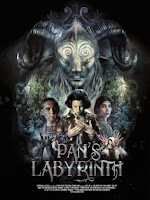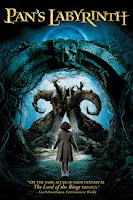Timing: - 2h 30m + ET (37 1/2m) = 3h 7 & a 1/2m - given 16 page answer book to answer Section A: Global Film (City of God/Pan's Labyrinth) - 40 Mark Question - Choice of two questions Example questions: With close reference to the two films you have studied, explore how either performance or mise-en-scène create meaning. [40] With close reference to the two films you have studied, explore how either editing or sound create meaning. [40] Section B: Documentary Film (20,000 Days on Earth) - 20 Mark Question - Choice of two questions Example questions: Apply one filmmaker's theory of documentary film you have studied to your chosen documentary. How far does this increase your understanding of the film? [20] 'Portable, digital cameras, digital sound recording equipment and non-linear digital editing have had a very significant impact on documentary film.' How far has digital technology had an impact on your chosen documentary film? [20] Section C: Si
